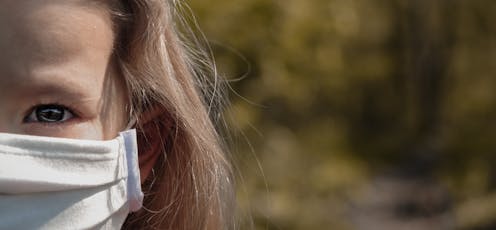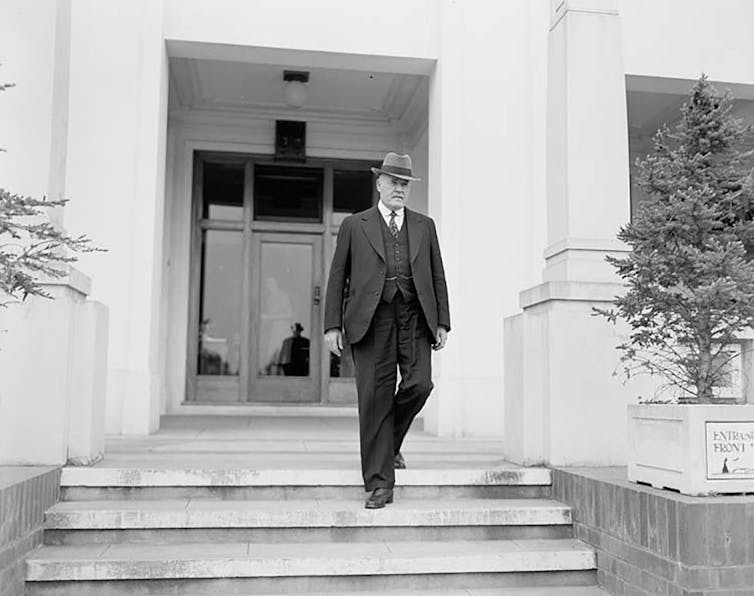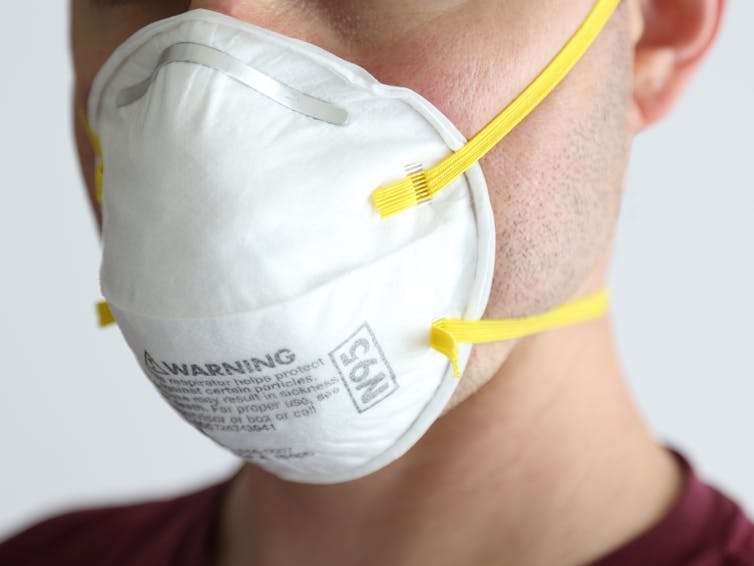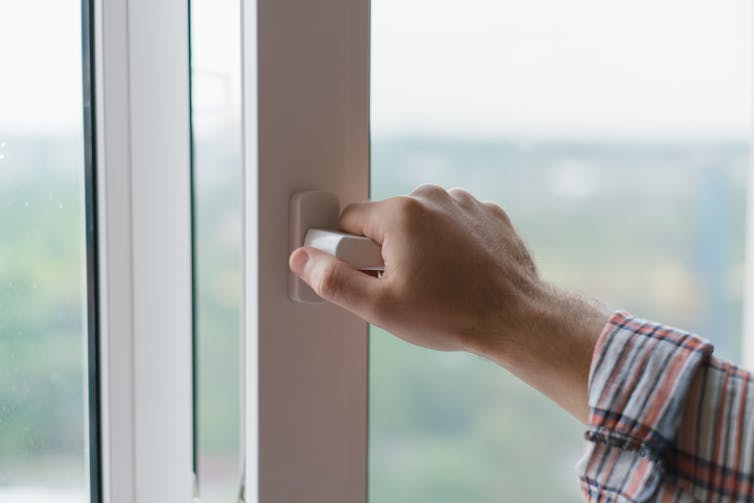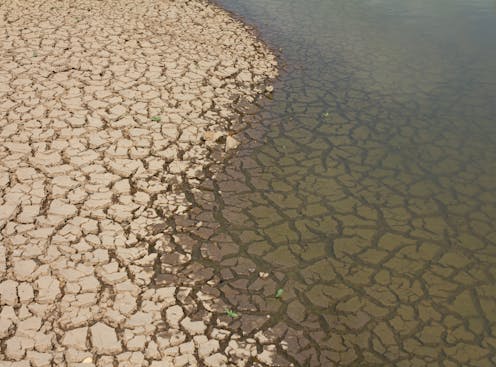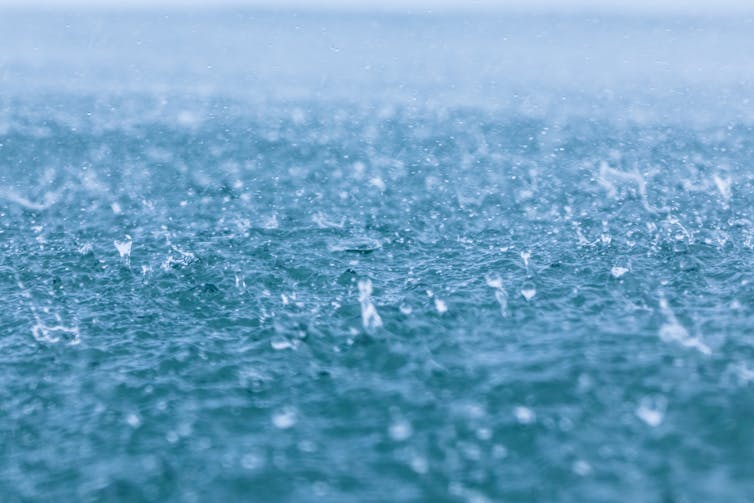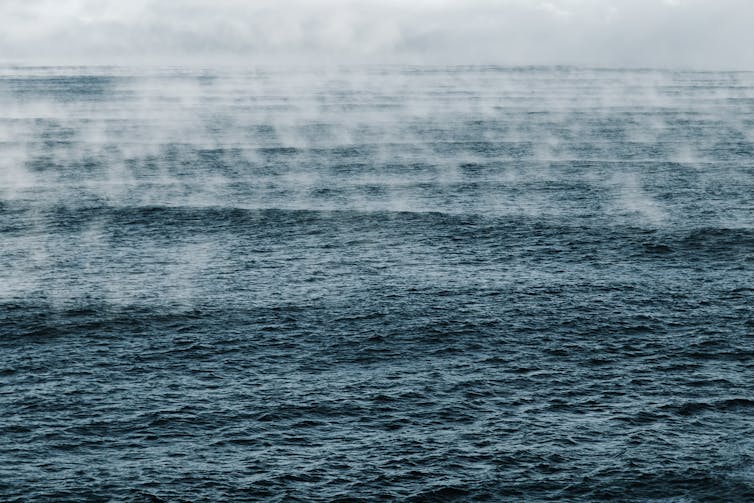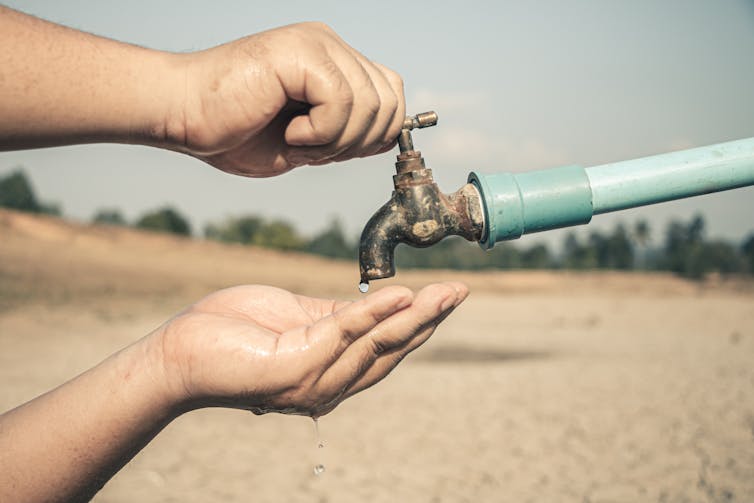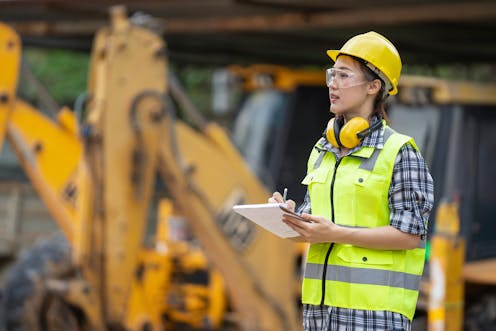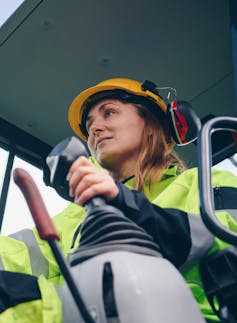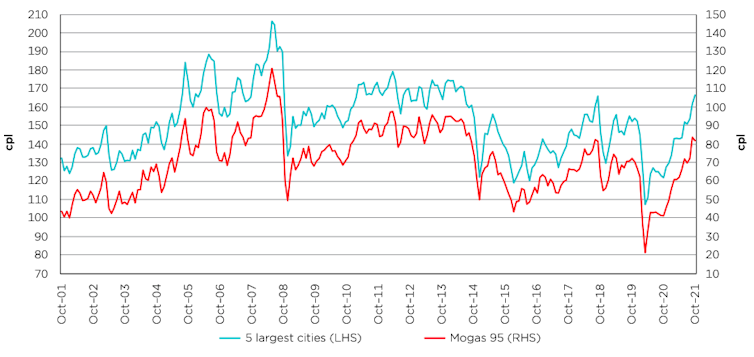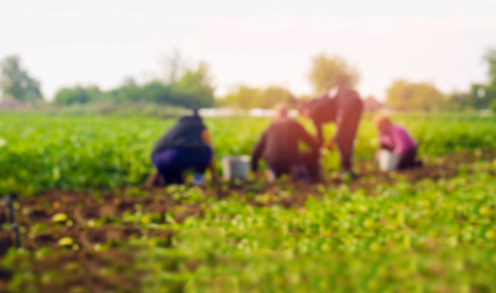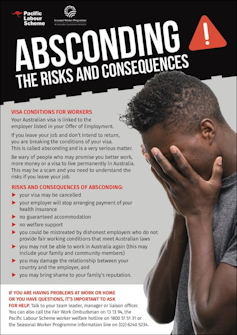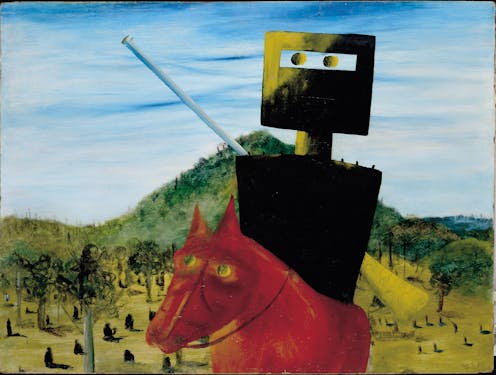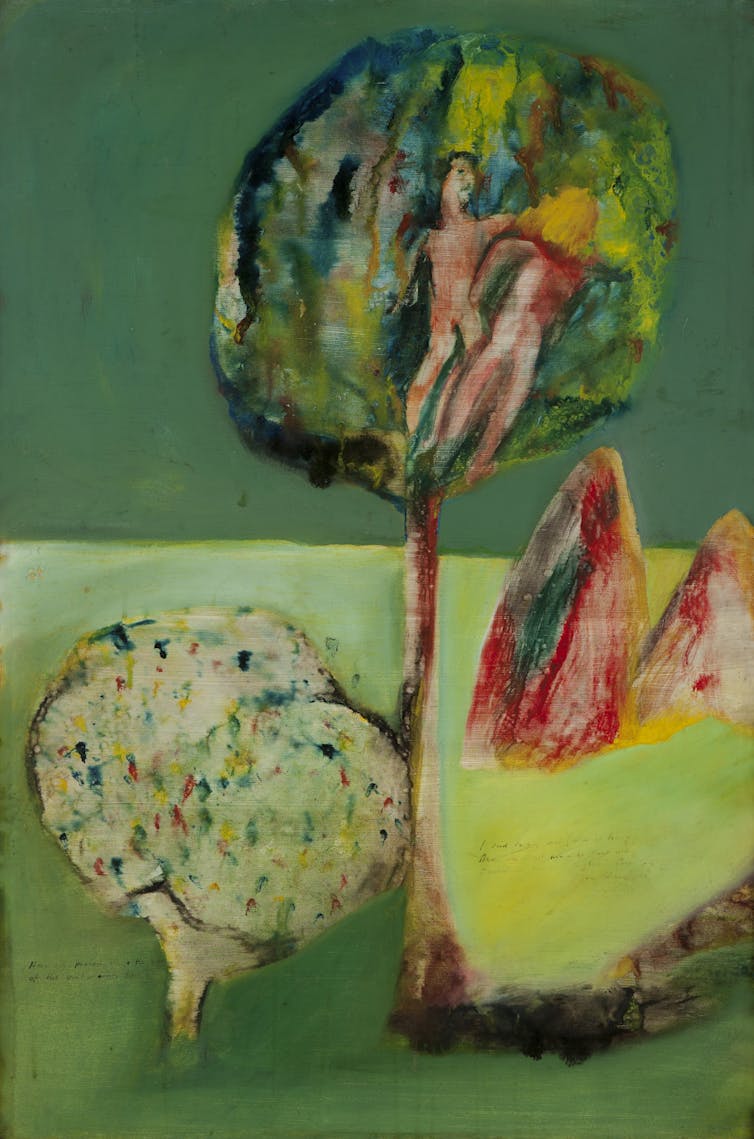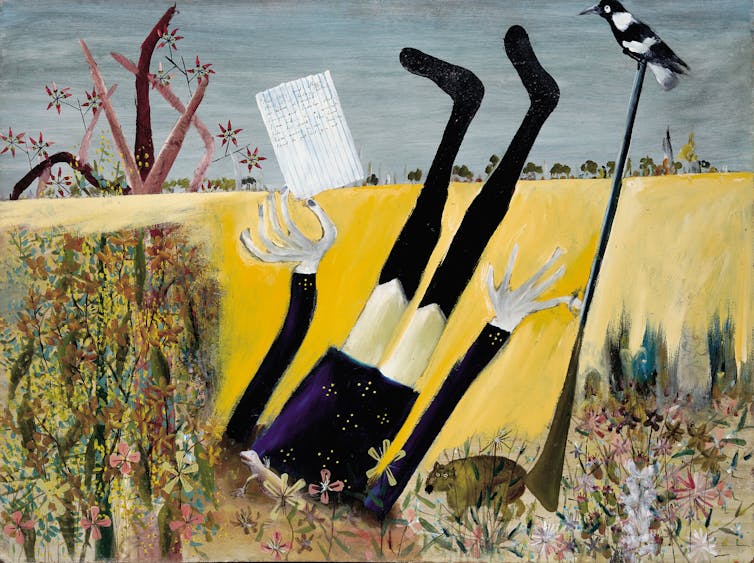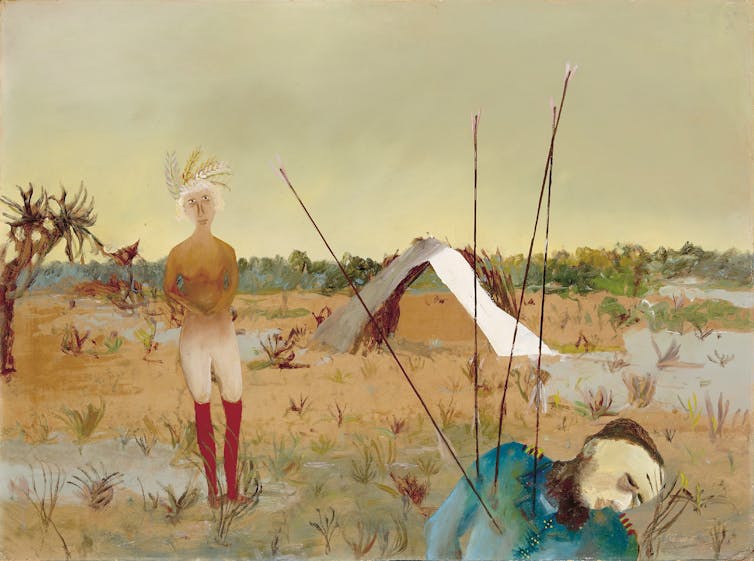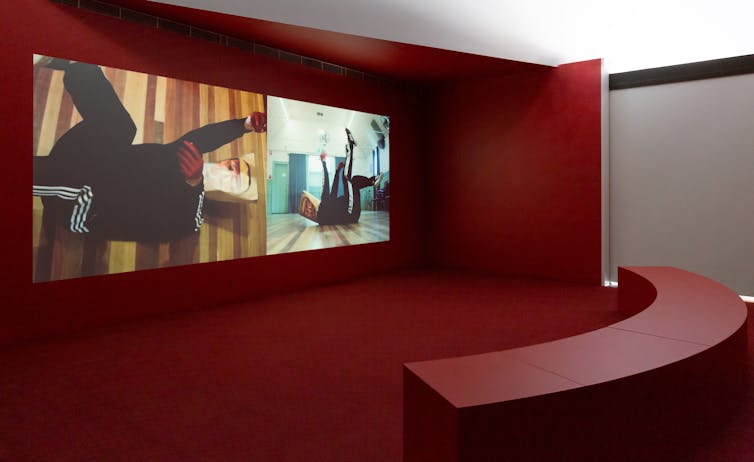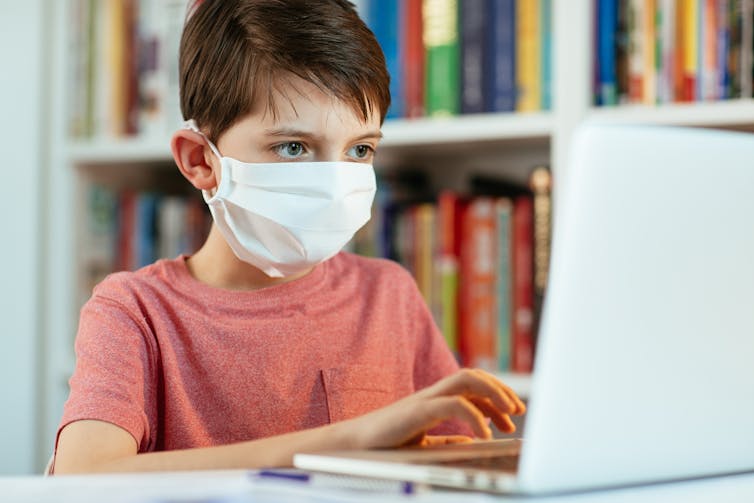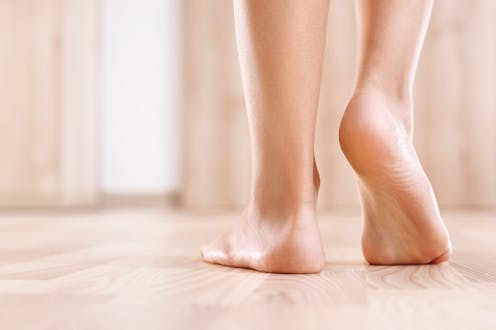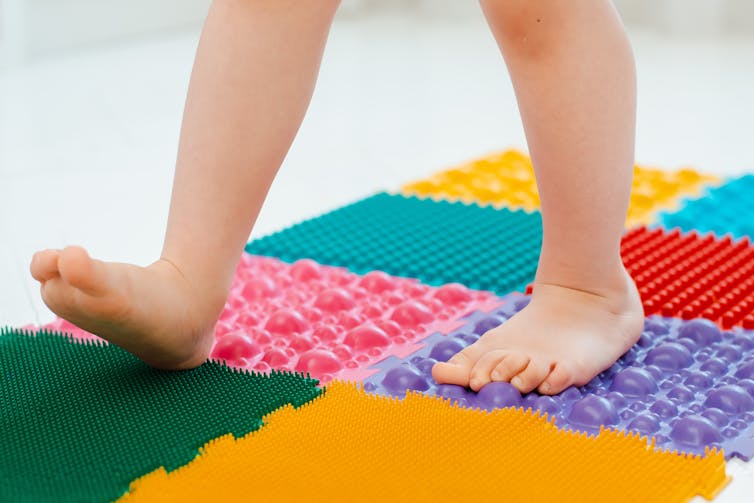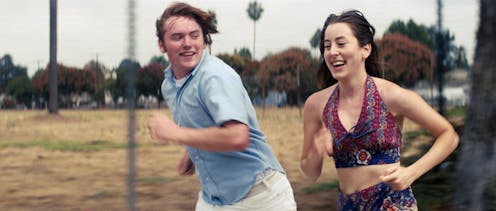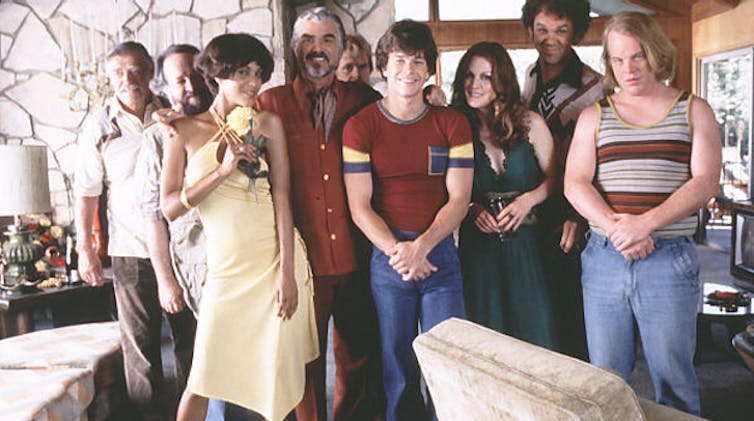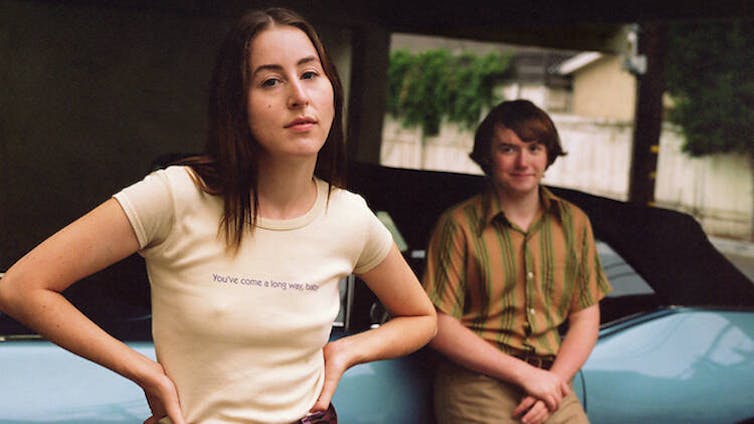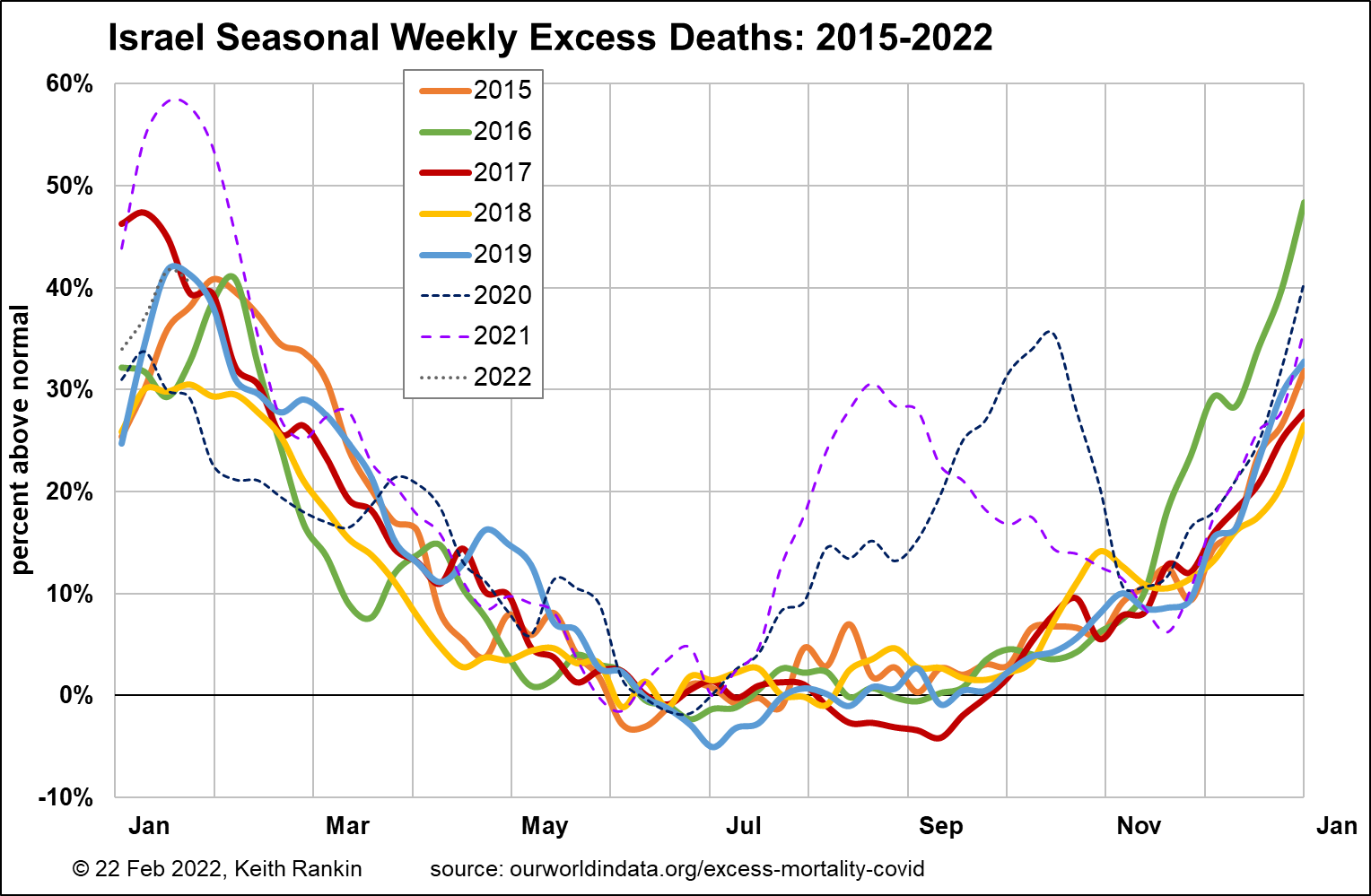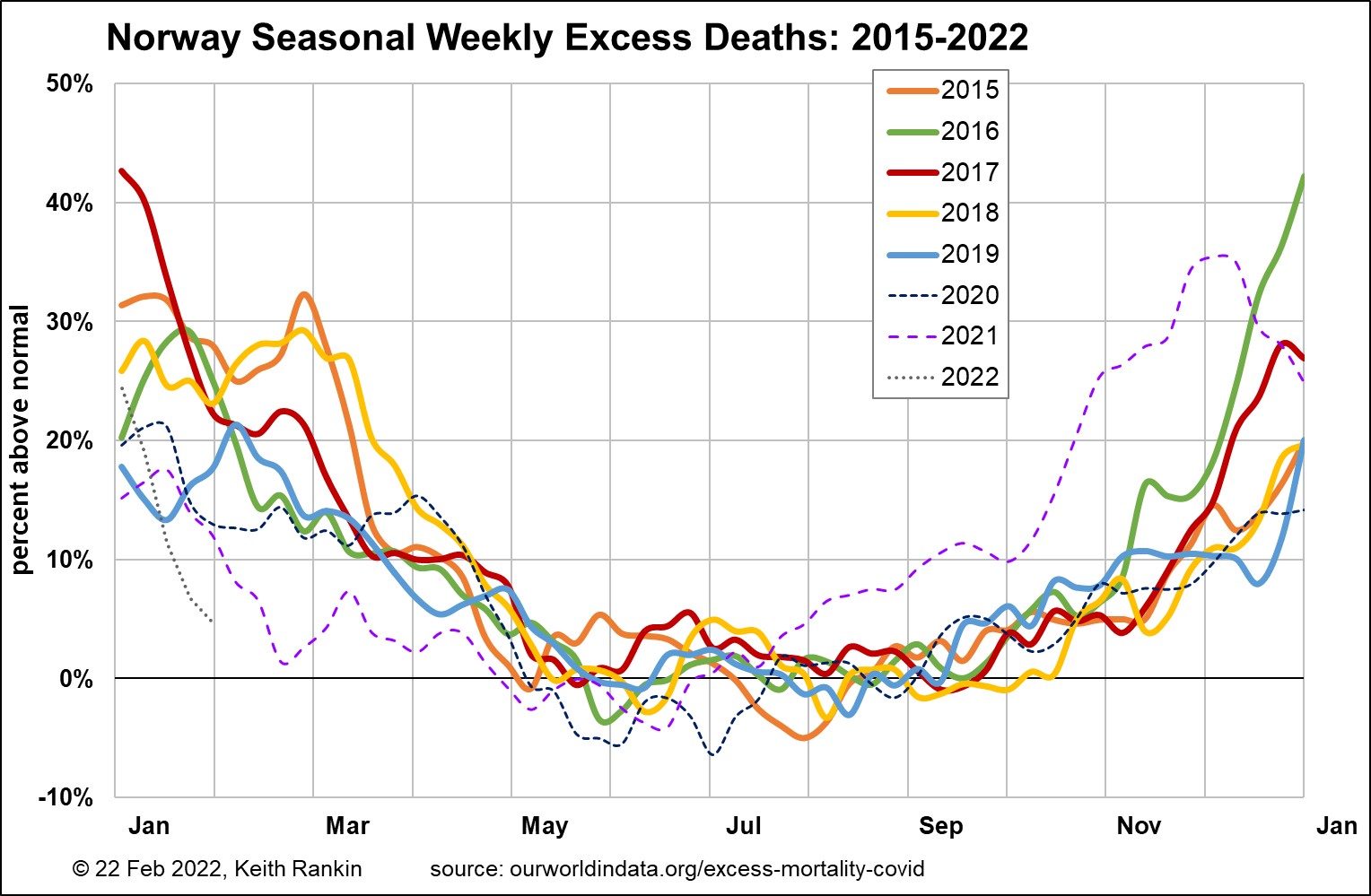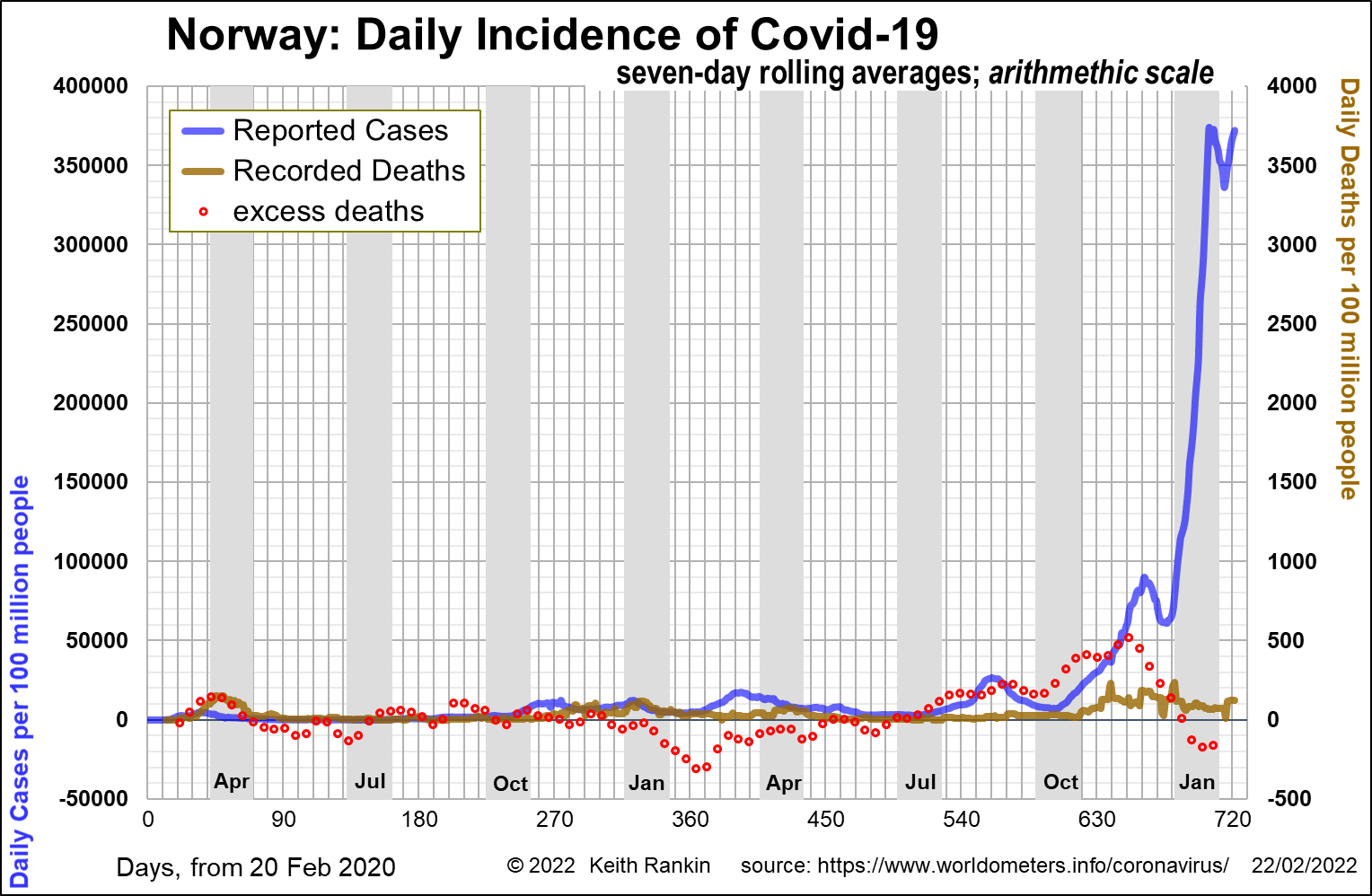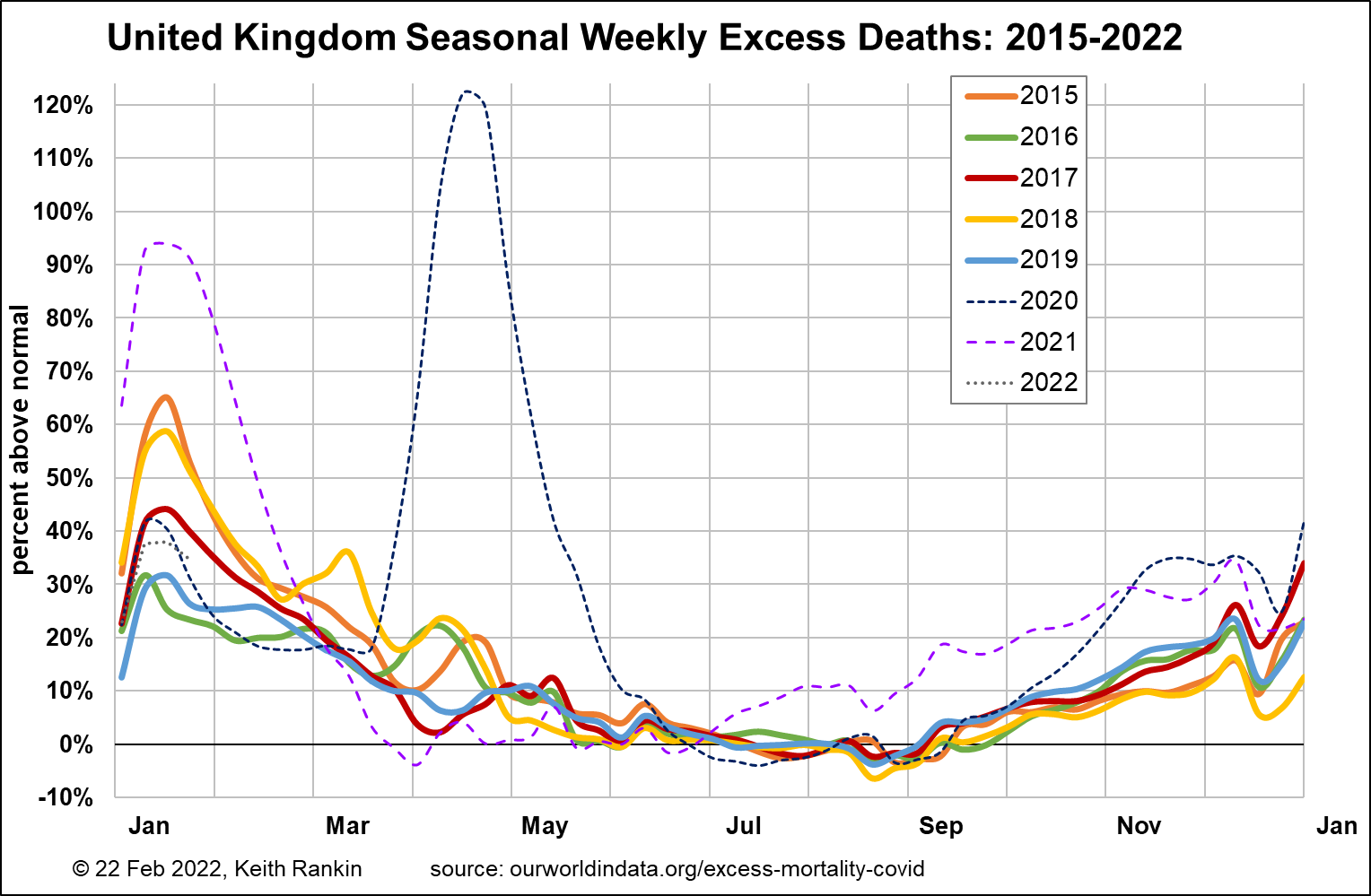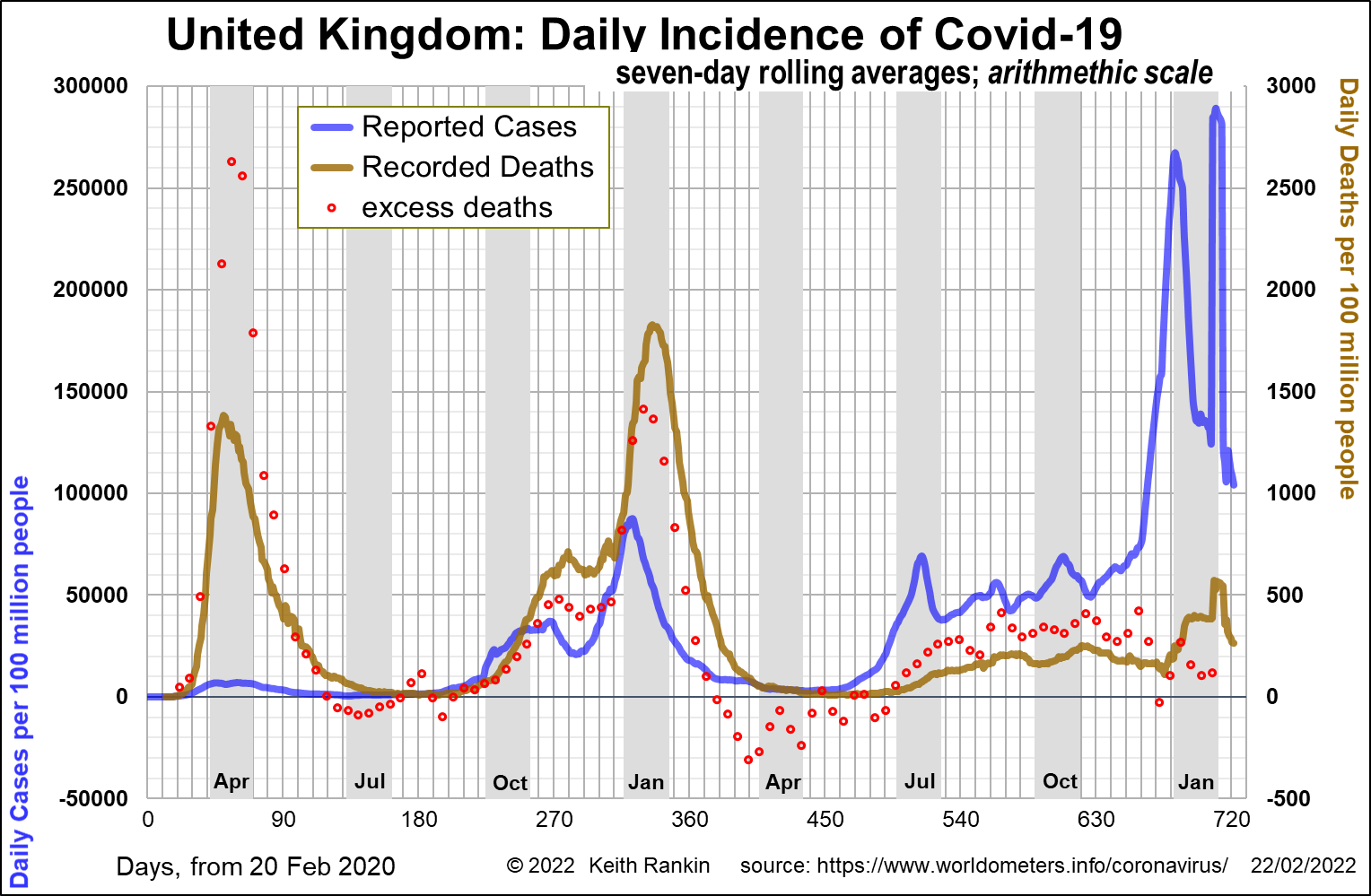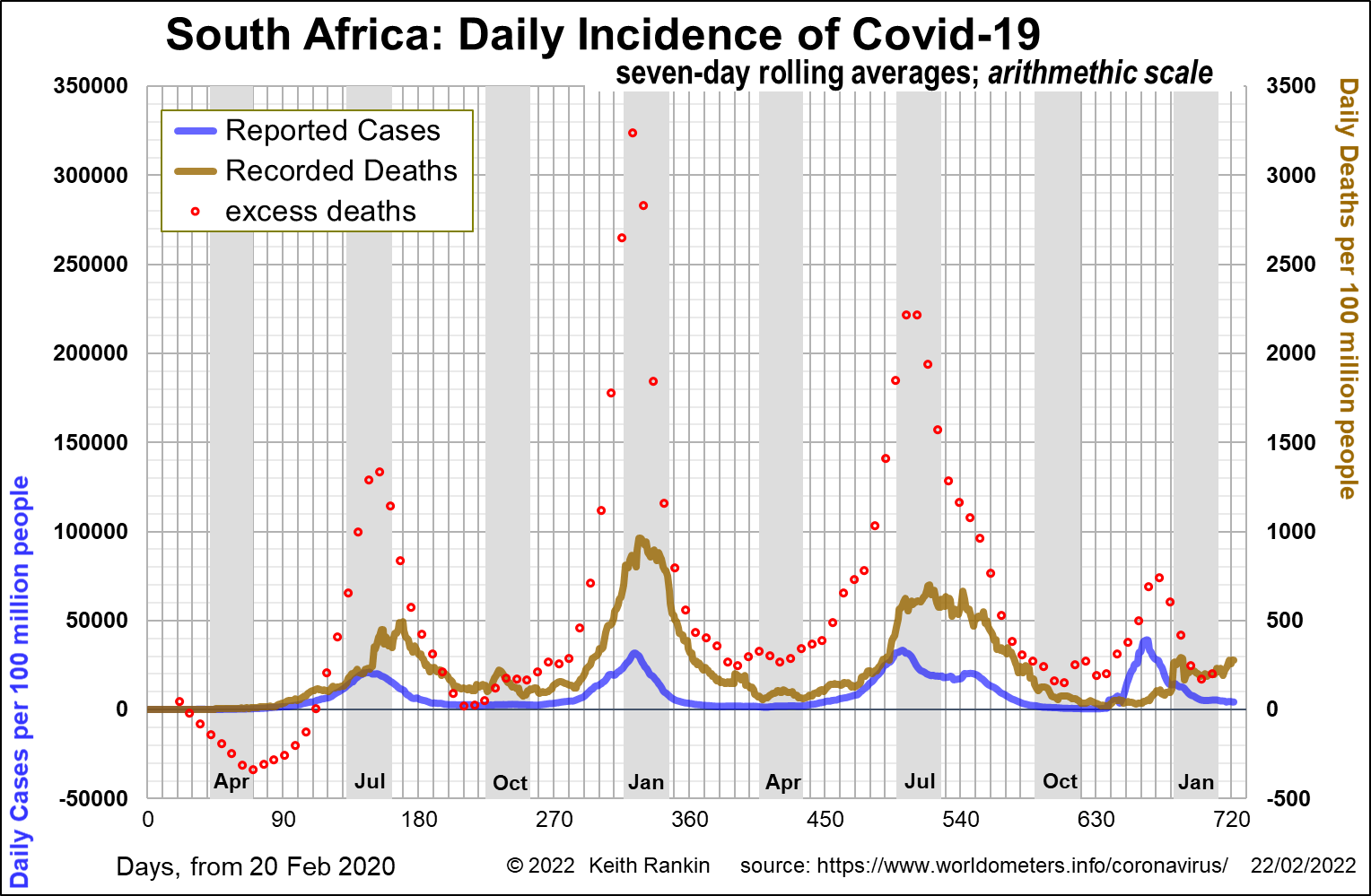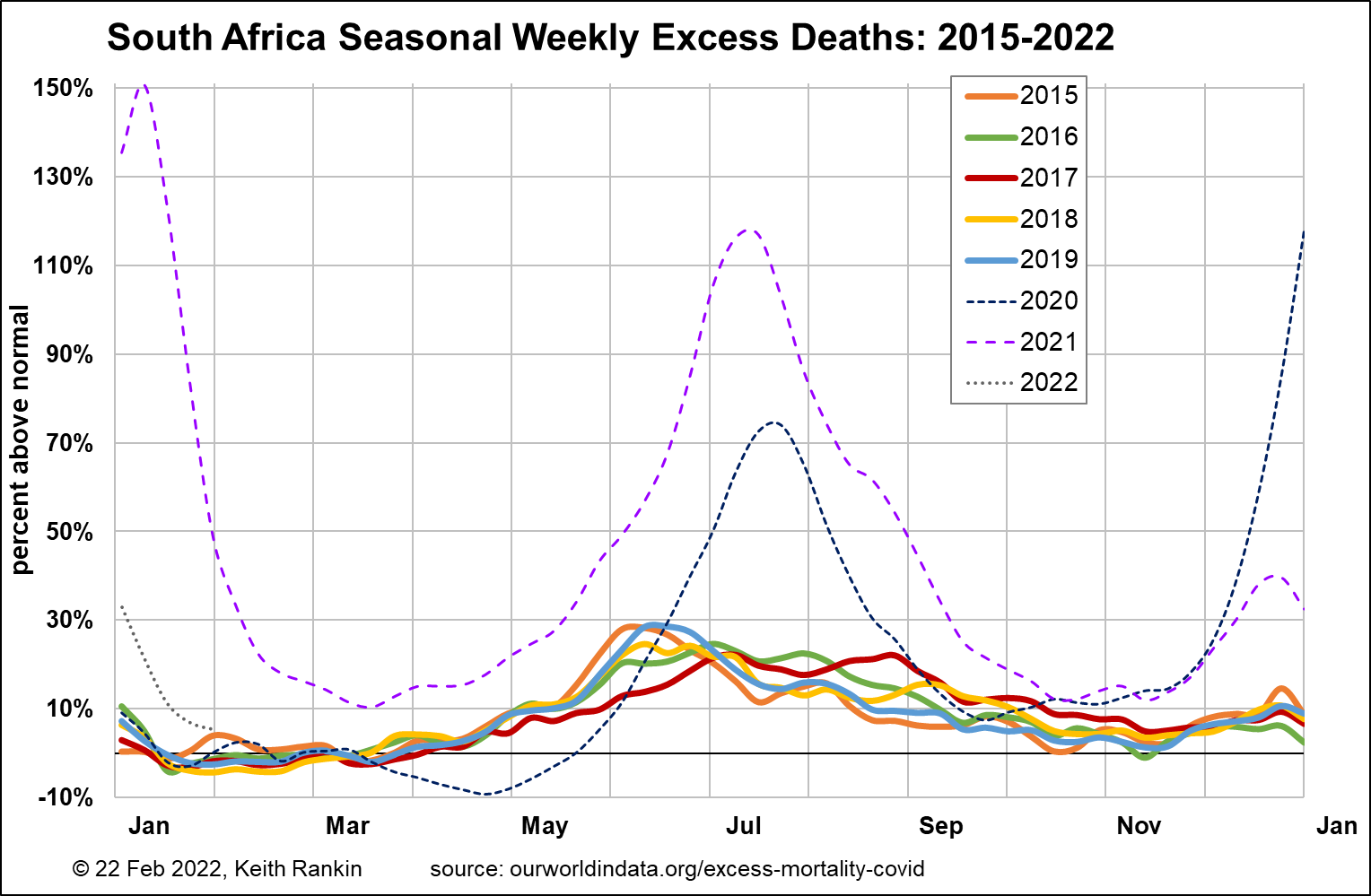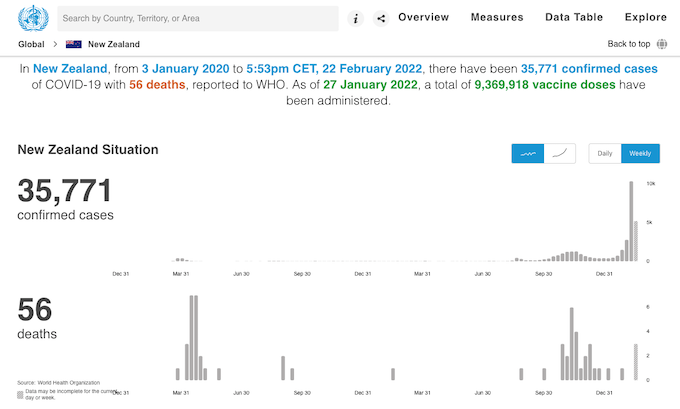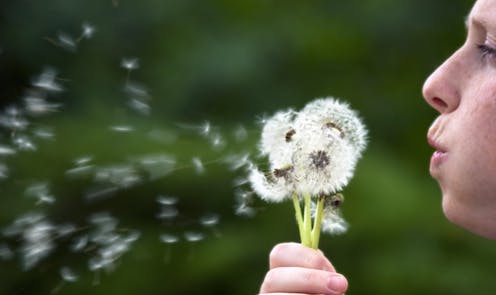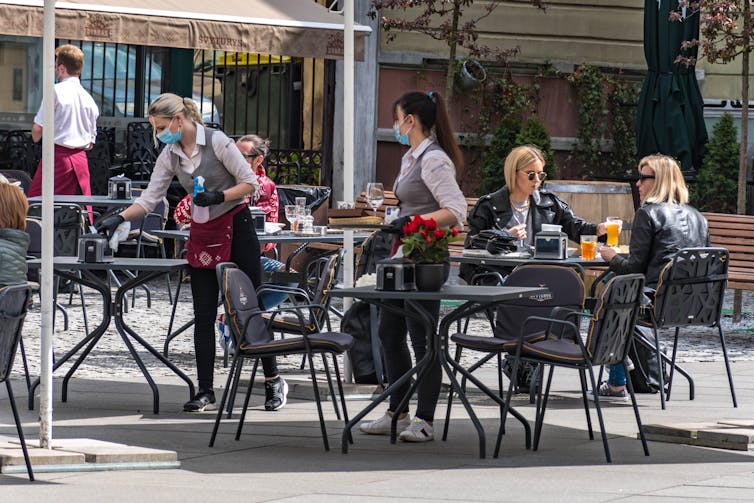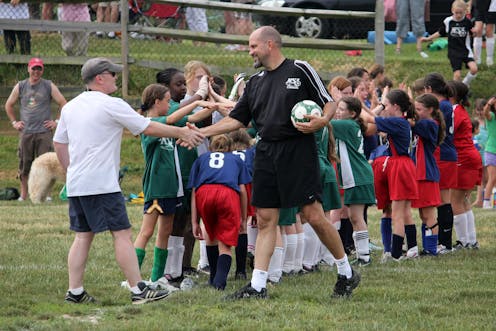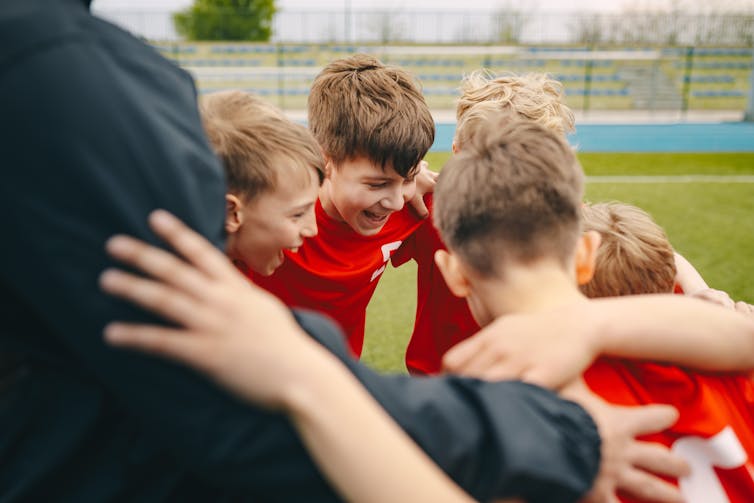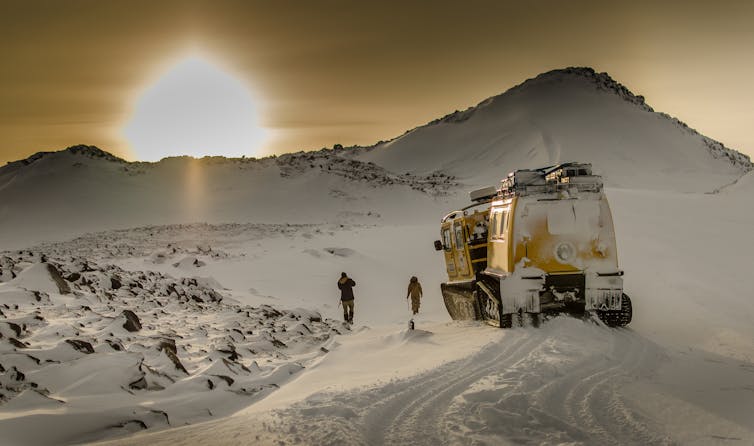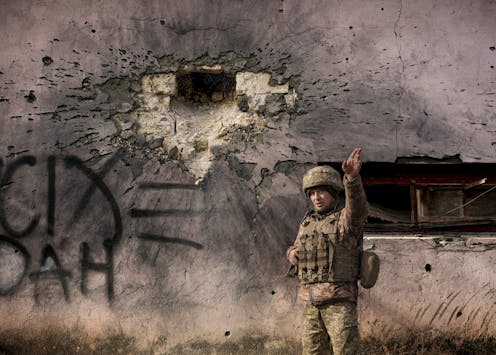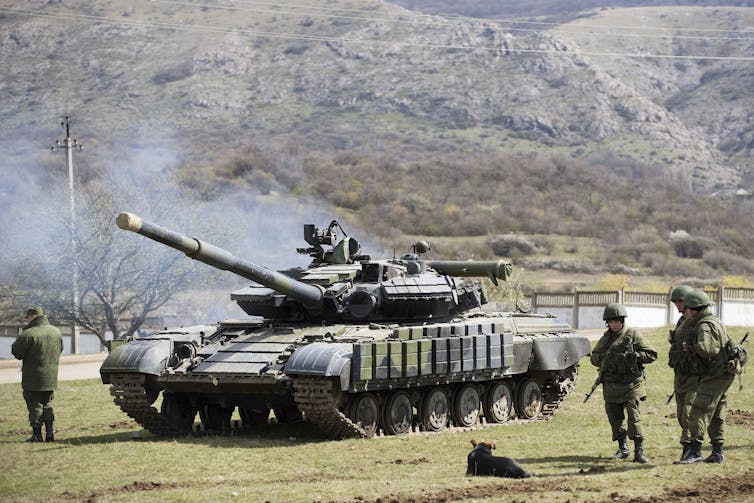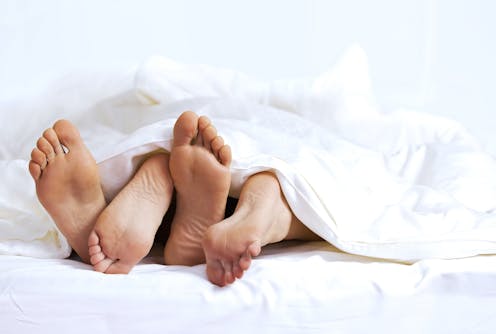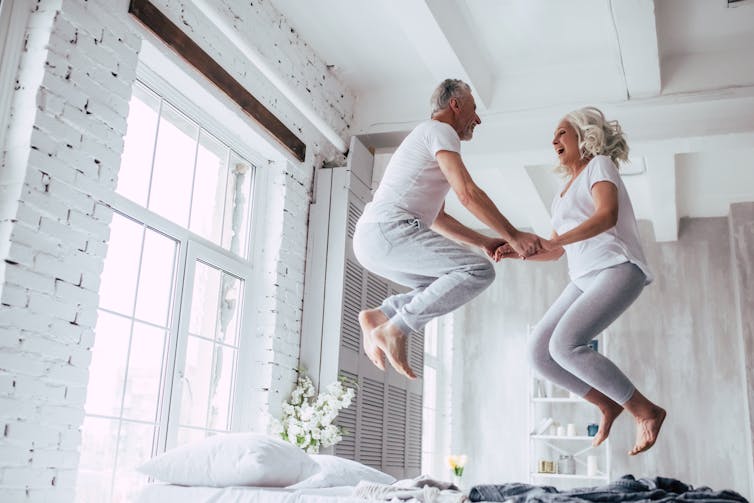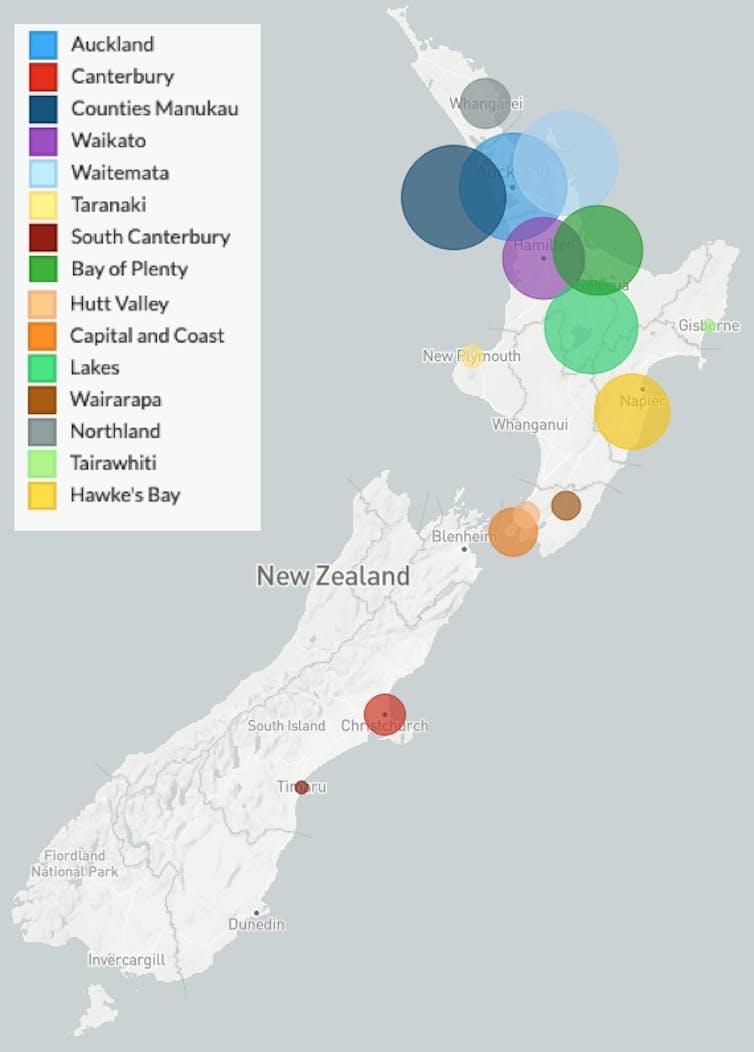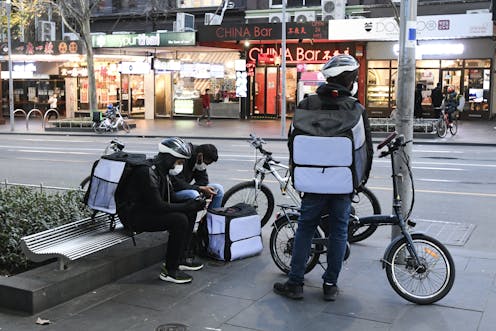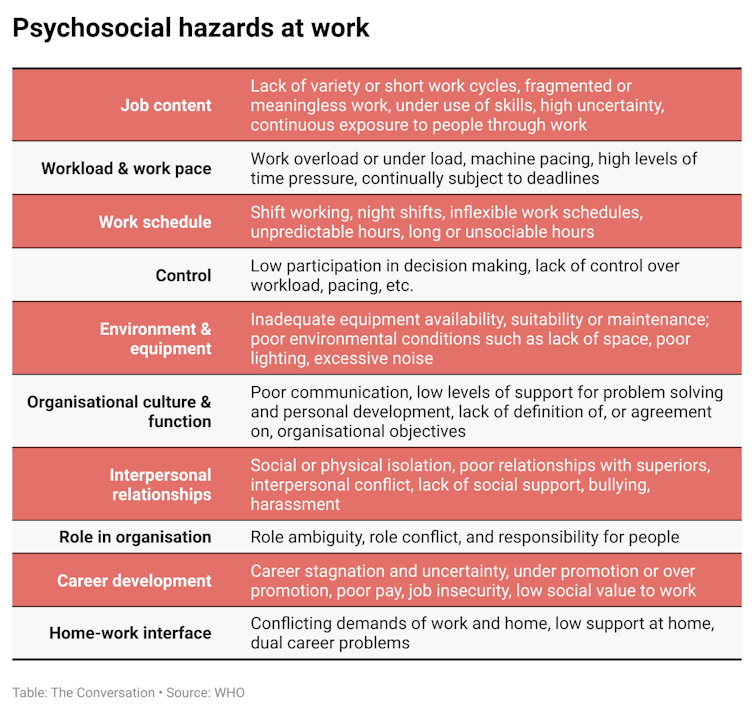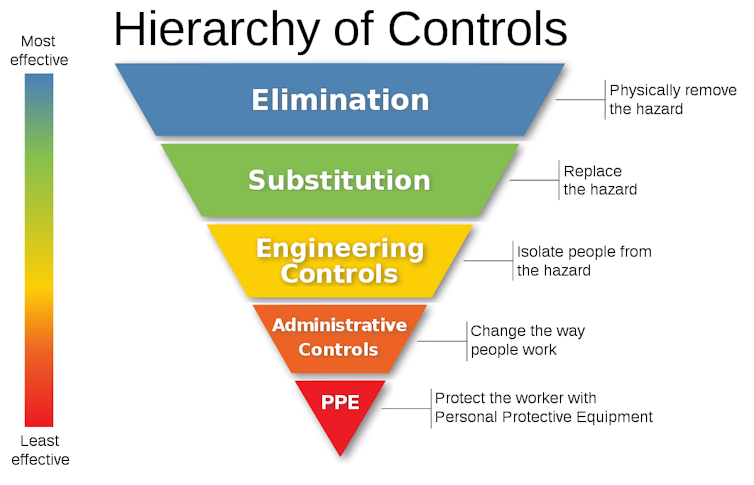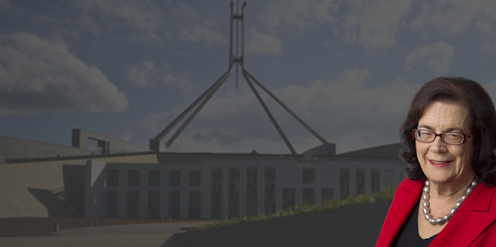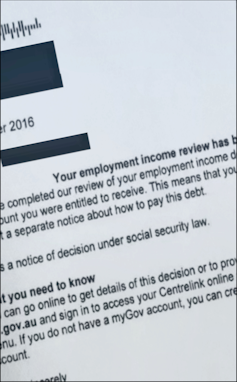Pacific Media Watch newsdesk
Reporters Without Borders (RSF) has condemned the threats and violence against news media by protesters during the 16-day anti-covid-19 vaccine mandates occupation of Parliament grounds, and called for prosecutions of those responsible.
The media are among favourite targets of some of the 500 or so protesters still camped in front of the Parliament building, known as the Beehive, after arriving from various parts of the country in “freedom convoys” akin to those causing chaos in parts of Canada for the past month, reports the Paris-based media freedom watchdog in a statement today.
The violence against journalists trying to cover the protest had included being regularly pelted with tennis balls with such not-very-subtle insults as “terrorists” and “paedophiles” written on them, said RSF.
“Media = Fake News” and “Media is the virus” are typical of the slogans on the countless signs outside protesters’ tents.
Journalists who approach have also been greeted with drawings of gallows and nooses, as well as insults and threats of violence – to the point that most of them now have bodyguards, says Mark Stevens, head of news at Stuff, New Zealand’s leading news website.
‘Your days are numbered‘
Stevens sounded the alarm about the attacks on journalists in an editorial published on February 11.
“They’ve had gear smashed, been punched and belted with umbrellas,” he wrote. “Many reporters have been harassed […], including one threatened with their home being burned down.”
The violence has not been limited to Wellington.
In New Plymouth, an angry crowd tried to storm the offices of the local newspaper, Stuff’s Taranaki Daily News, two weeks ago, as reported by Mediawatch. Some of the protesters even managed to breach the newspaper’s secured doors and attack members of the staff.
“After the police intervened, [conspiracy theorist] Brett Power urged the protesters to return in order to hold the editor ‘accountable for crimes’ — meaning the newspaper’s failure to report their protests in the way they wanted,” the RSF statement said.
“The verbal and physical violence against journalists is accompanied by extremely shocking online hate messages.”
Stuff’s chief political reporter Henry Cooke tweeted an example of the threats he had received on social media:
i prefer the old “sleep with one eye open” thing personally, one has to get SOME sleep pic.twitter.com/wxh5x83Dsx
— henry cooke (@henrycooke) November 17, 2021
Daniel Bastard, the head of RSF’s Asia-Pacific desk, said: “The virulence of the threats against journalists by demonstrators, and the constant violence to which they have been subjected since the start of these protests are not acceptable in a democracy.”
He called on authorities to “not allow these disgraceful acts to go unpunished. There is a danger that journalists will no longer be able to calmly cover these protests, opening the way to a flood of misinformation.”
In a recent article, Kristin Hall, a reporter for 1News, described her dismay at discovering the level of “distaste for the press” among protesters who regarded the mainstream media as nothing more than “a bunch of liars”.
“People have asked me why I’m not covering the protests while I’m in the middle of interviewing them,” she wrote.

‘Headlocks, punches’
Protester mistrust is no longer limited to mainstream media regarded as accomplices of a system imposing pandemic-related restrictions, as Graham Bloxham — a Wellington resident who runs the Wellington Live Community local news page on Facebook – found to his cost when he went to interview one of the protest organisers on February 18.
“We just wanted to show people that it is peaceful … then bang. They just yelled and whacked. They were just all on me and they basically beat me and my cameraman to a pulp,” he told 1News.
“Headlocks, punches… they were really violent.”
Protesters have been asking me all week for “evidence” of volatility towards the Wellington public so here it is. https://t.co/mhJNcXlMrF
— Kristin Hall (@kristinhallNZ) February 19, 2022
A photo of a dozen Nazi war criminals being hanged at the end of the Second World War has been circulating on social media popular with the protesters for the past few days, accompanied by the comment: “Photograph of hangings at Nuremberg, Germany. Members of the media, who lied and misled the German people, were executed.” Definitely not subtle.
Attacks against journalists have rarely or never been as virulent as this in New Zealand, which is ranked 8th out of 180 countries in RSF’s 2021 World Press Freedom Index.
- Henry Cooke reported an apology from some of the protesters over the “treatment” of some journalists, but incidents have continued to be reported.
Group of protest groups apologise for denying media access to Parliament grounds – but now ask we go through a liaison officer before turning up. pic.twitter.com/MIgksDJ50O
— henry cooke (@henrycooke) February 18, 2022
Article by AsiaPacificReport.nz



